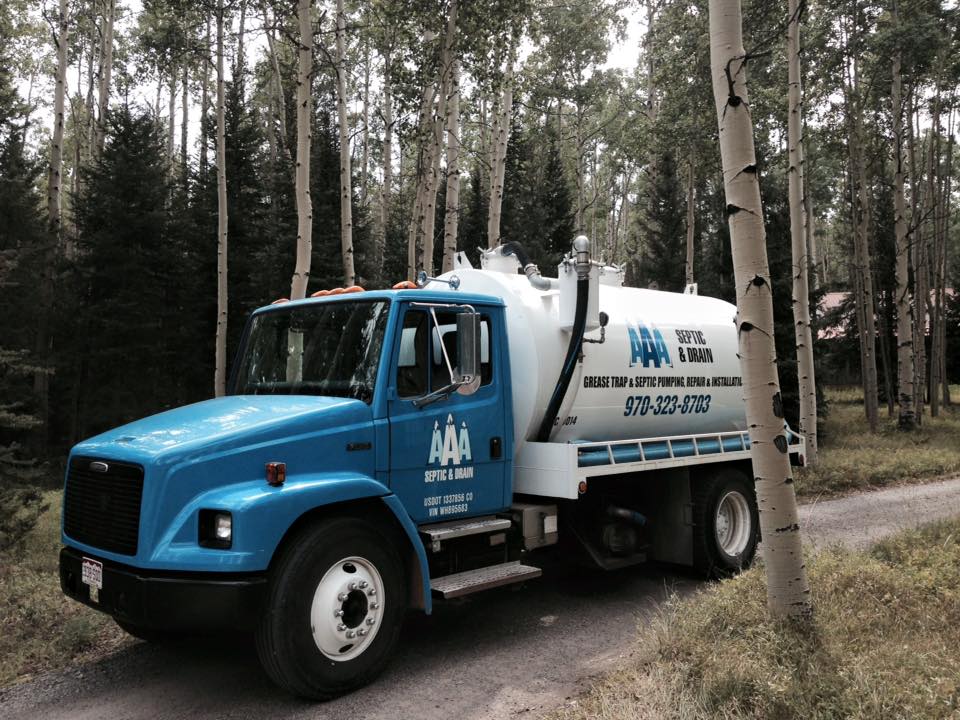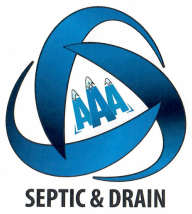
AAA Septic and Drain takes pride that we are the #1 provider of septic pumping and NAWT Certified Inspections for Title Transfers in Arrowhead. We have created this blog entry especially for you. This blog will address systems in Arrowhead but the basic knowledge can be applied to systems outside of Arrowhead also.
Do you really understand your septic system? What takes place in the tank? Do I really need to pump it? Why does the county want an inspection when it’s never given us a problem? I hope that this blog will help answer those questions.
I’d like to introduce myself to you if we’ve never met before. My name is Ken Johnson and I manage and was a founder of AAA Septic and Drain. I am originally from the Chicago area where I was in Law Enforcement for over 2 decades. I currently live in Delta with my family. I began my 2nd career in wastewater removal 11 years ago and have taken every opportunity to become educated and certified in every available facet in the septic system industry. I currently hold national certifications in System Inspections, Systems Installer and Operation and Maintenance Technician as well as registrations with several counties on the western slope of Colorado.
AAA Septic and Drain currently has 5 employees and all are Certified Septic System Installers. We also have one other Certified Septic Inspector, Robert Cockerham. We have 2 pumper trucks, 1 drain truck, a commercial hydro jetter and 3 excavators. Our work areas includes Mesa, Delta, Montrose, Ouray, Gunnison and San Miguel counties.
Your septic system in Arrowhead is based on the same principles and functions as any other system in Colorado but because of the location we have to understand it’s differences and maintain them a little different.
How the septic system works. I’ll give you a quick rundown on the basics. First of all think of the septic system being “alive” because it is. The system is based on bacterial activity. All the wastewater from your home (or cabin or RV) goes into the system. The wastewater enters the septic tank and begins the settling out phase. The wastewater coming into the tank contains organic solids, inorganic solids, water and fats, oil and grease. The septic tank holds the wastewater, separation occurs, treatment begins and effluent water is released into the soil treatment area (leach field/absorption field). A lot of the solids in the tank remain until they are removed by a septic pumper truck. The solids that are organic are broken down by the bacteria but all of the other stuff pretty much remains and keeps getting thicker until they are removed by pumping. There is no magical powder or liquid that help break things down, so don’t waste your money on these gimmicks and watch what you put down the drains. Once the water leaves the septic tank and goes into the soil treatment area bacteria continues organic breakdown and the water flows downward into the soil below where it is further treated by removal of disease pathogens, heavy contaminants and metals. Then the water continues until it reaches the ground water or surface water.
Introduce the “Arrowhead Factor”. Most of Arrowhead is utilized intermittently, seasonally or stay vacant for years. When not used as designed on a day to day basis things change as compared to a system that is used every day. I often hear “there’s only 2 of us” or “we only used it twice last year”. This limited or no use can have the very opposite effect that most people think it has. Without the constant adding of bacteria and additional food to the septic tank the existing bacteria become dormant and begin to die inside the tank. Many of them can become suspended solids in the water level of the tank. This effect when we begin to use the system again after it’s non use creates a very unhealthy environment for the bacteria and we see what we call a “DEAD TANK”. It’s at this time you can do a great deal of harm to your system especially in the soil treatment area. What does this mean to you? Pumping the septic tank as if under normal use (every 2 – 3 years) is a good idea. Sending suspended solids that are meant to stay into the tank will lead to early soil treatment area failure. That means contaminated ground or surface waters and a huge $$$ unexpected repair bill.
So is the limited use the only thing that makes my Arrowhead home different? For some yes but for many NO. A large majority of systems in Arrowhead have what’s called an “Arrowhead System”. As many us imagine when we think of the soil treatment area or leach field we think of pipes in gravel running under the ground in the yard where there is always green grass in a big area after the septic tank. The long lines have perforated holes in the piping that slowly releases water to the soil below. Some have a total of 200′ or more of pipe. In an Arrowhead System that perforated pipe only goes around the septic tank and that’s it. So it is quite a bit smaller in size for sure. So while you would have a much larger area for water to go in a usual system, in an Arrowhead System you do not. Many of the problems we see with Arrowhead Systems involve tree roots. A small amount of tree roots can totally stop a system from working. Another is the normal build up of biomat in the pipes and treatment area. It will not take as much of those to stop an Arrowhead System from working as it will take much more with others.
How can you make sure your system gives you a long time of service? First, remember this phrase……If you didn’t eat it or drink it, or wouldn’t eat it or drink it, it doesn’t go down the drain or toilet. Pump your septic tank out on a scheduled basis. Have your system periodically inspected. Have the pipe in the treatment area if possible hydro jetted periodically. Outfit your septic tank with an effluent filter.
If you have any questions you can call our office at 970-323-8703 or contact me if you see me up in Arrowhead.
